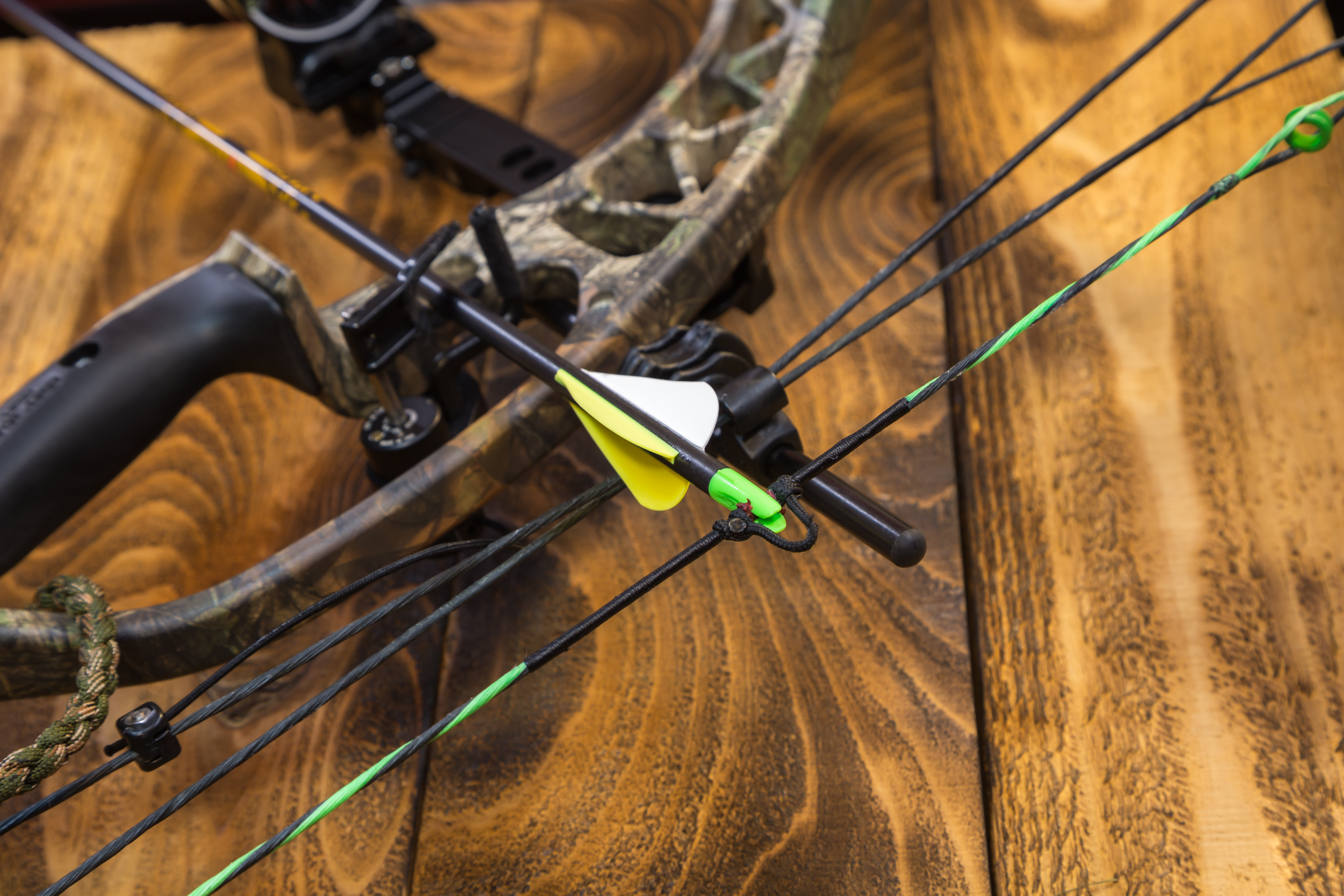What To Look For In A Bow Peep Sight
OutdoorHub Reporters 08.20.18

Just as guns have rear sights, bows have peep sights. No, a peep sight is not truly necessary in order to operate a bow, but it does make it significantly easier to operate one.
Can you shoot a gun without lining up the front sight with the rear sight? Sure. But will you make as accurate shots? Probably not.
Bows are the same way. You can shoot one without a peep sight, but you can definitely make more consistently accurate shots with a peep sight.
Here is what you will need to look for in a bow peep sight:

Diameter
The smaller the diameter of your peep sight, the finer the adjustment you will need to make in order to line up your shot. This may require more focus during shooting, but it will make you a more accurate shooter as well.
It’s largely for this reason that target bow shooters will usually go with a smaller diameter for their peep sight in contrast to bow hunters. A smaller diameter means that less light can go through, and a hunter who is hunting in the dawn or dusk is therefore going to need a wider diameter in order to allow more light in, for which he or she would likely be willing to sacrifice a little accuracy.
Generally speaking, small peep sights measure 1/16”, medium peep sights are 1/8”, and large are 3/16”. Larger peep sights are better for low light conditions, but they will also result in less accuracy. A medium peep sight would be a good compromise.
Height
This specifically refers to the distance between the bow peep sight and the nocking point. Generally speaking, you will want a peep sight at a height of around fifteen centimeters if you want a long draw length.
A height of around eleven centimeters will be good for short draw lengths, while a standard peep sight of thirteen centimeters is often used as a compromise option.
Illuminated Apertures
If you’re a bow hunter, chances are extremely good that you hunt in low light conditions. After all, dawn and dusk are widely considered to be among the very best times to hunt.
For this reason, you’re probably going to want illuminated or glowing apertures that allow you to more accurately locate the bow peep sight in the first place so you can more quickly line up your shot when you spot wild game.
Type
Last but not least, you’ll need to choose which basic type of bow peep sight you want. One type is the rubber tube peep sight, which is one of the cheapest options and is also very reliable in keeping your bow aligned. On the other hand, the rubber tube sight will also make a snapping sound after the string is released, and the rubber tube itself can break after normal wear and tear.
The most popular choice among bow hunters is the Fletcher peep sight, which is usually constructed out of aluminum and will split the string fibers in half.

The main downside to the Fletcher peep sight is the fact that it can require a lot of time to install, and the peep will turn with the string in rain or extreme heat, so they’re not exactly the best choice for beginners.
Therefore, if you’re new to bows, a rubber tube peep sight will probably be the best option for you.
In conclusion, you’ll definitely want to install a peep sight on your bow if there isn’t a peep sight installed already. Again, it’s not truly necessary in order to operate a bow, but it does make shooting fast and accurate shots much easier.
If you are a beginner to the bow world, then the best bow peep sight will have a medium diameter of around 1/8”, a height of around thirteen centimeters from the knocking point, an illuminated aperture, and be a rubber tube peep sight over a Fletcher peep sight.
If you can get a bow peep sight that meets those qualities, in addition to being made by a reputable manufacturer, you’ll be in good shape and ready for your next hunt or shooting session.

